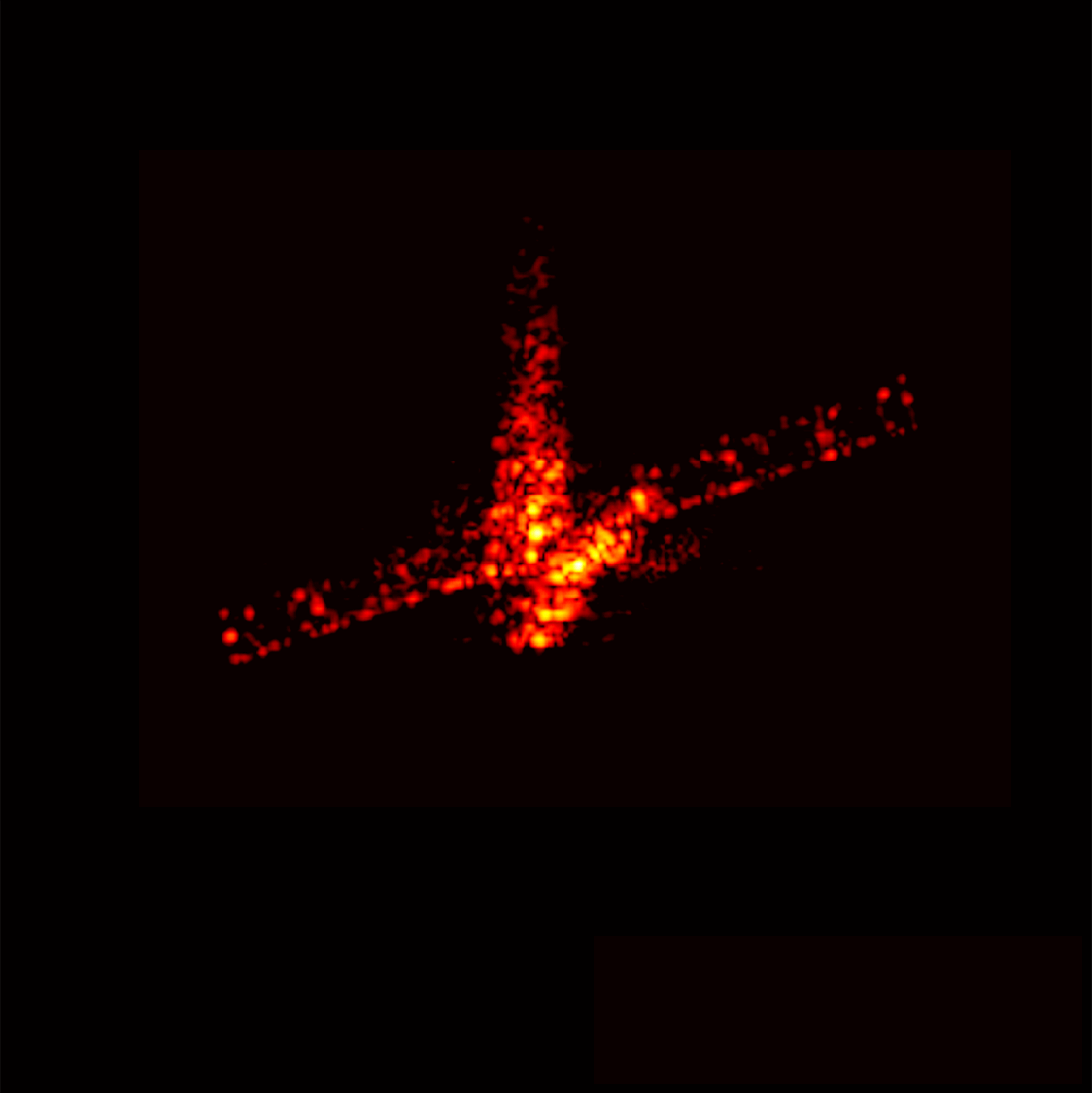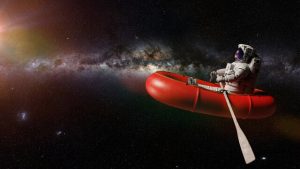Historic Aeolus Reentry Ends In Fiery Descent
12th Sep 2023
The European Space Agency (ESA) recently performed an assisted reentry on its wind-profiling satellite, Aeolus. Whilst tracking the satellite’s descent, ESA pictured Aeolus combusting into a “fireball” as it burned up in the Earth’s atmosphere.
For over four years, Aeolus thrived in orbit, completing its final mission this year. But instead of letting the British-built satellite become space junk and allowing orbital decay to run its course, ESA decided to bring Aeolus back to Earth.
The satellite posed a significant risk to other operational satellites in its flight path. So, engineers and scientists performed four manoeuvres to lower Aeolus to 150 km, with a final manoeuvre completing the first-of-its-kind assisted retrieval.
Final Images Of Aeolus
After Aeolus briefly became space junk, ESA’s Space Debris Office took over to track the satellite’s final descent to Earth. ESA utilised Germany’s Fraunhofer FHR 34-m antenna to track the satellite for approximately four minutes, just two-hours before Aeolus fell out of sight.
The team snapped Aeolus’s final two-minutes, with the image below representing the radar echo intensity. ESA described the inferno as a: “temporary shooting star in the atmosphere,” before it’s remaining pieces crashed into Antarctica.
Aeolus’ Final Moments
In its final moments, Aeolus received its last command on 28th July, after which the satellite’s communications system shut down. This meant ESA’s Flight Control Team was unable to speak to, hear, or influence the satellite, resulting in Aeolus passivating.
Aeolus Mission Manager, Tommaso Parrinello, said in a statement: “we stayed with the mission for as long as we could, guiding its return as much as it was possible to do, and these images are our final farewell to the mission we all miss, but whose legacy lives on.”
Performing An Assisted Reentry To Reduce Space Debris
According to ESA, with missions operating in low altitudes, atmospheric drag causes a faster reentry. However, because Aeolus sat in a busy space highway, there is a risk it could collide with other operational satellites if left in orbit.
Recently, A defunct Soviet satellite collided with space debris and, in May, there was a near miss for an operational Chinese satellite. To prevent Aeolus adding to this problem and by removing the satellite entirely, ESA mitigated the risk by a factor of 150. They also reduced the satellites orbital loitering by a few weeks. Parrinello said: “Aeolus [is] a remarkable example of sustainable spaceflight and responsible operations.”







Thank you for your comment! It will be visible on the site after moderation.